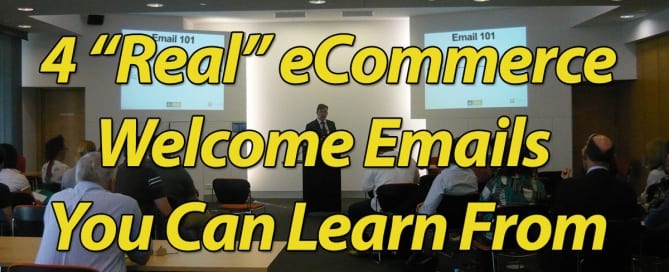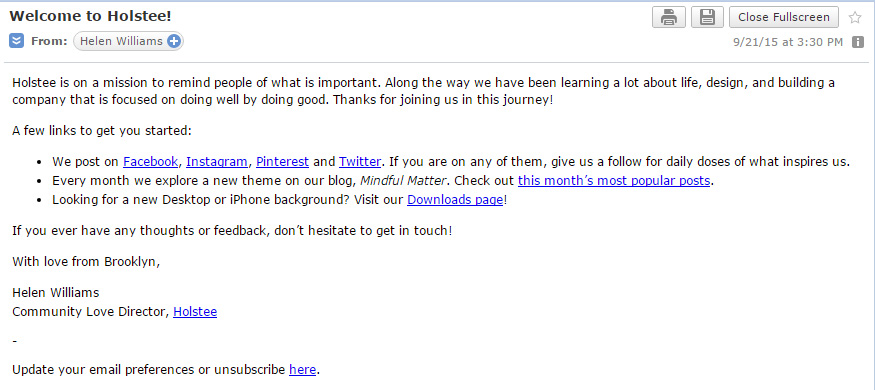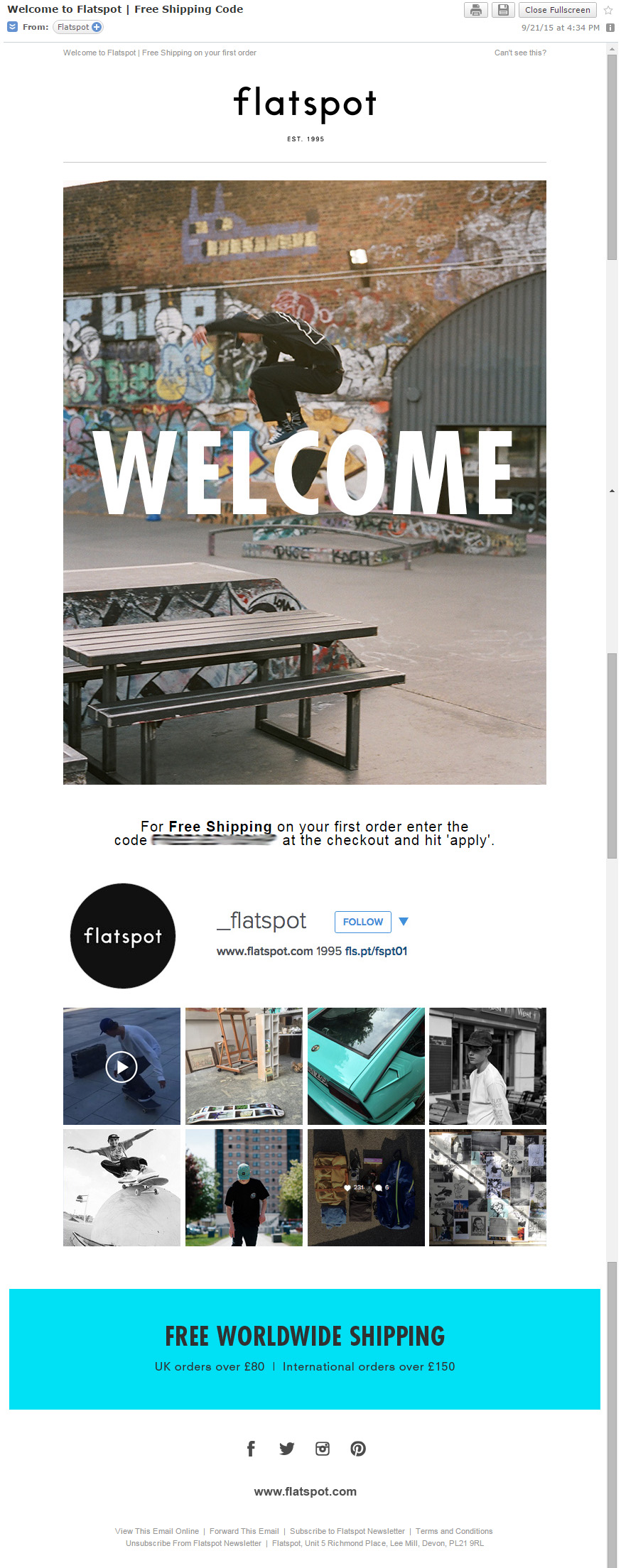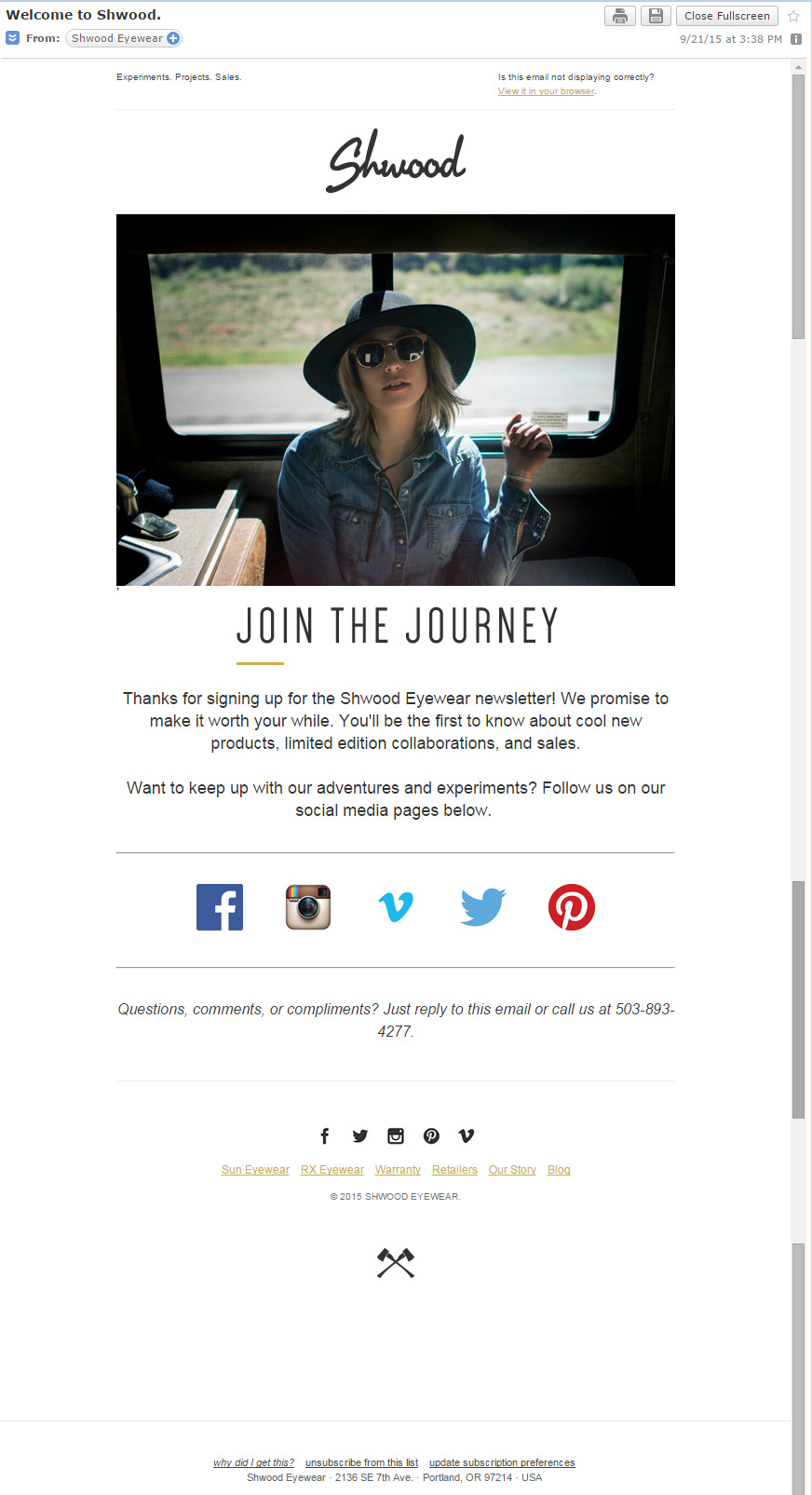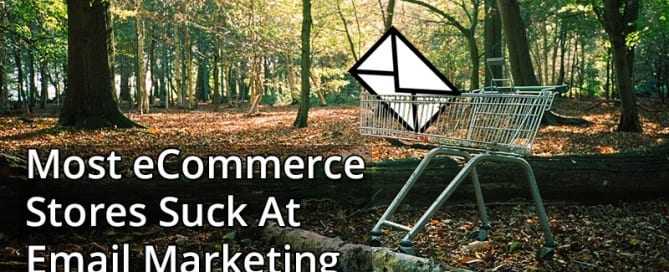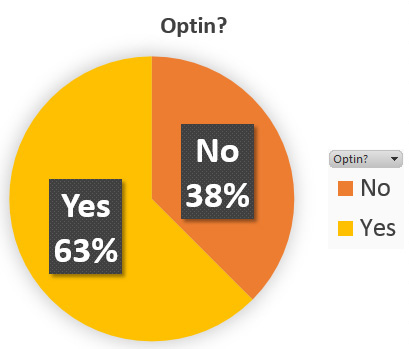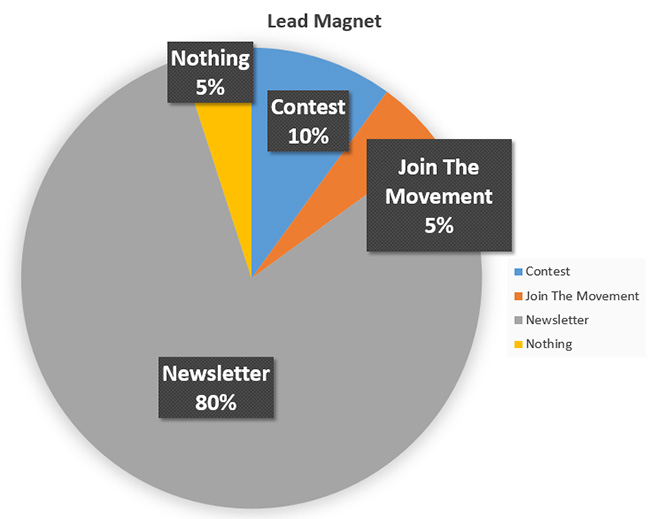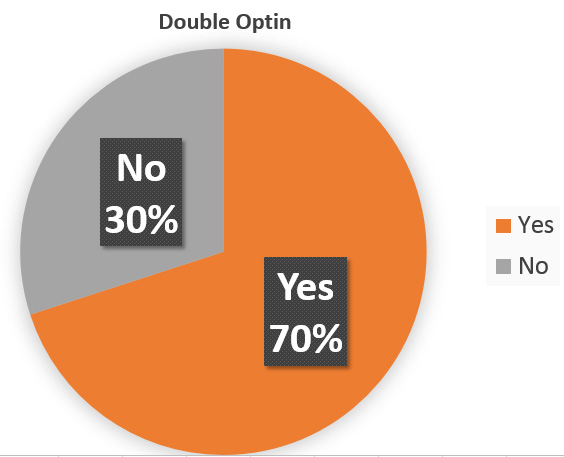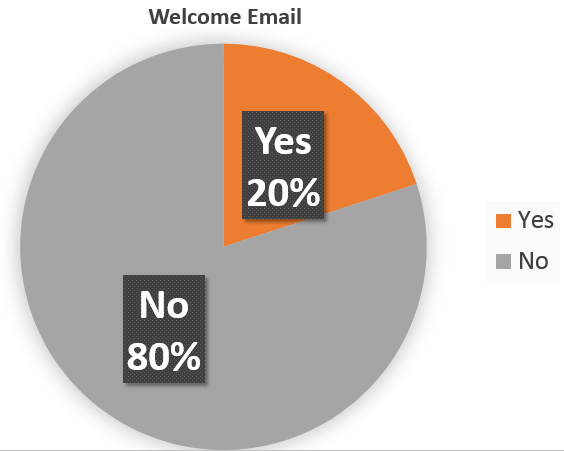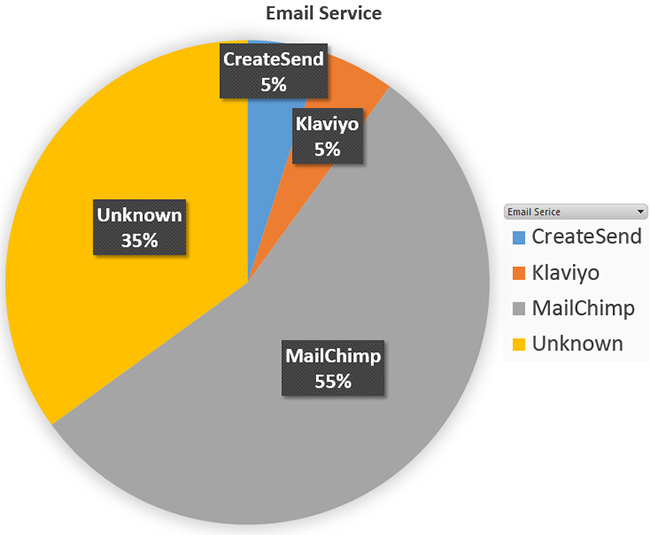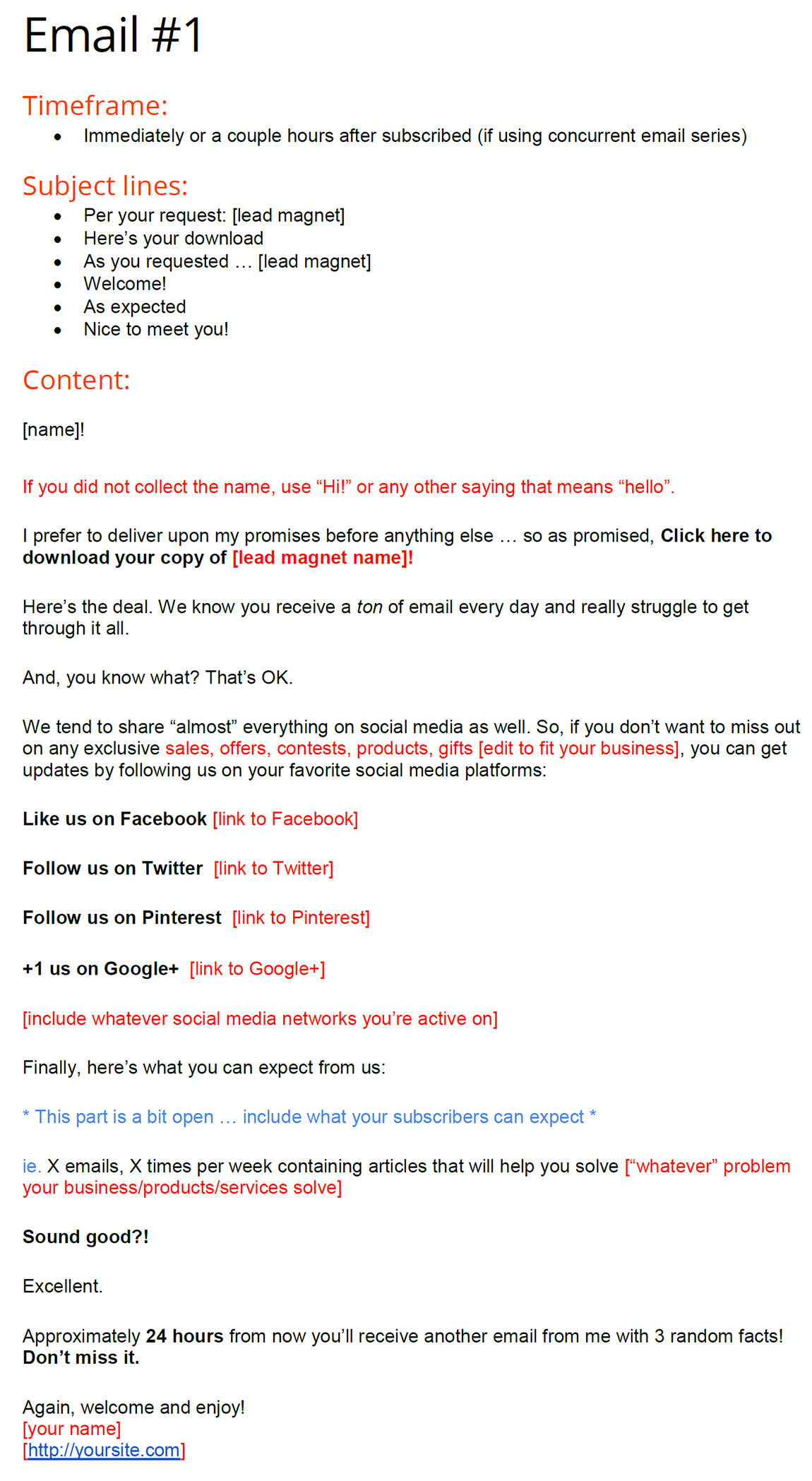I have an email list with 5000 subscribers but I’m not making any money. Should I delete my list?
Depends how you answer this question:
Where did you get the list from? If you purchased it or scraped it – yes, delete it.
If you built it yourself, then no … but, this is what I would do.
Run your list through an email list cleaning service – DataValidation.com offers this service, but there are several out there. Just make sure they're legit before handing over your list. You don't need them to steal your list and sell it.
This will make sure the email addresses you have … at least exists.
Then, I would send 3 emails:
- Remember me? Apologize for delay, remind people how they joined your list – just be honest and say that you're going to be getting better with your emailing
- What you've missed! Since I failed to keep you in the loop, here's what you might have missed!
- Discount or freebie
The goal of these three emails is to get an open or a click.
Those individuals that at least open an email – keep them, you know they exist and you may have a chance.
Those that don't open an email – delete.
This may bring your list down to only 500 people, but at least they're 500 people you KNOW exist. This will probably bring down your monthly email autoresponder fees as your list will have shrank to 1/10th the size.
From there, I'd setup funnels and series, and be consistent with my broadcast emails.
That's what I would do.

